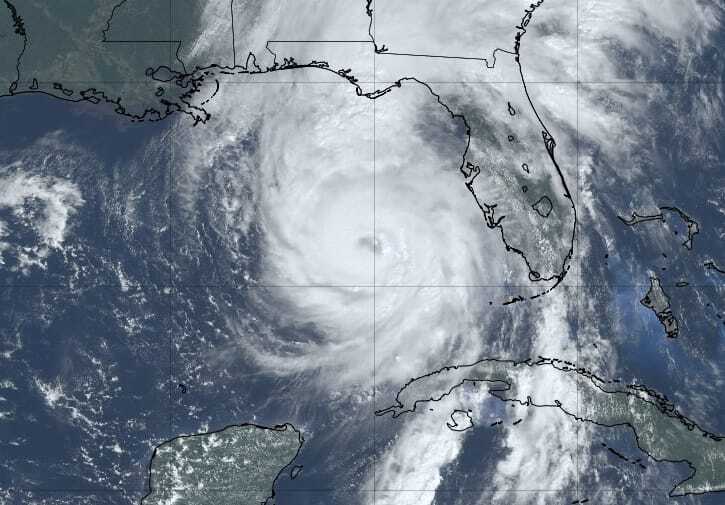Analysts at RBC Capital Markets (RBC) predict that insured losses from Hurricane Helene could range from mid-single-digit billions to as high as double-digit billions.

Although it may take time to finalise loss estimates, RBC expects Helene to cause higher insured losses than the three hurricanes that hit the U.S. earlier in 2024—Beryl, Debby, and Francine.
RBC noted that combined insured losses from these earlier storms ranged from $5 billion to $8.5 billion. With Helene, the firm anticipates that total hurricane-related losses this year will exceed $10 billion.
RBC is particularly focused on losses outside of Florida, with severe flooding reported in Georgia, North Carolina, and the Appalachian region.
RBC commented, “Like others, we watched on the news the flooding and related damages that Helene caused when it was either a tropical storm or tropical depression in multiple states. Typically, storms weaken relatively quickly but the flooding tied to Helene that far inland post landfall was surprising to us and atypical of most hurricanes.”
RBC expects total economic losses to reach tens of billions, but much of this is likely to remain uninsured due to flood-related damage. Homeowners’ insurance policies typically don’t cover flooding, and RBC believes that most affected residents did not have flood insurance. However, given the storm’s scale, some residents, particularly in Florida, likely had flood coverage, which could lead to significant claims through the National Flood Insurance Program (NFIP).
RBC also expects a large number of claims to come from auto insurance, as flood damage is generally covered under comprehensive auto policies. Commercial insurance policies could also cover losses from flooding, business interruptions, and commercial auto damage. There could also be some reinsurance losses, especially tied to the NFIP.
Given the storm’s widespread impact after landfall, RBC suggests that Helene’s damage may be worse than initial impressions on Friday morning.
So far, CoreLogic has estimated wind and storm surge damage between $3 billion and $5 billion, Moody’s projects total property damage to range from $15 billion to $26 billion, and Steve Bowen at Gallagher Re expects private insurance losses to fall in the mid-to-high single-digit billions.
It’s worth highlighting that the flood component of the up to $5 billion estimate from CoreLogic excludes precipitation-induced inland flooding and losses to the National Flood Insurance Program (NFIP), and the range also excludes any damage to offshore property.
The post RBC predicts hurricane Helene insured losses could reach double-digit billions appeared first on ReinsuranceNe.ws.